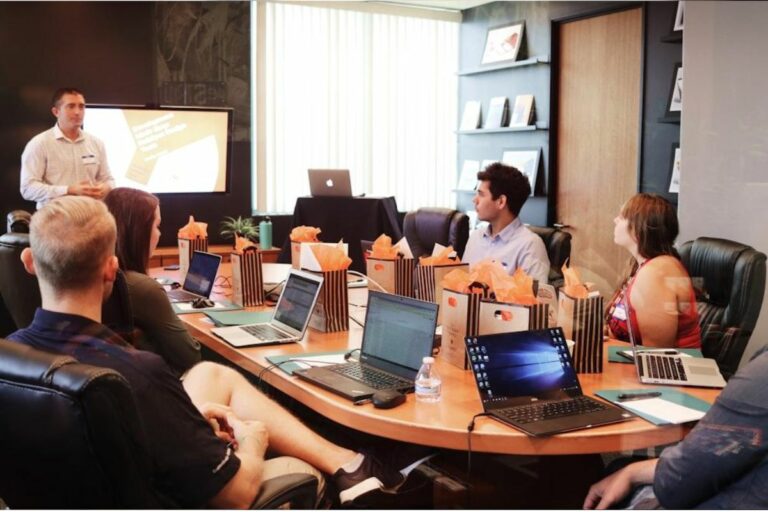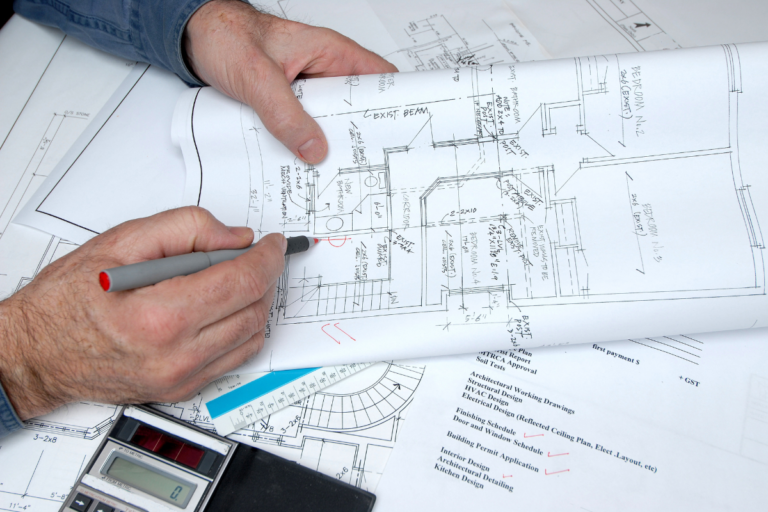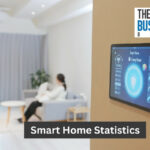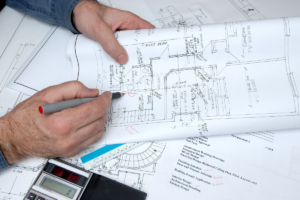
The famous best-selling author of “Robopocalypse”, Daniel H Wilson, summed up many people’s relationship with technology in our daily lives with this quote:
“We humans have a love-hate relationship with our technology. We love each new advance, and we hate how fast our world is changing… robots really embody that love-hate relationship…”
As our daily lives depend evermore on the use of technology, so the consequences deepen if it fails or if we find ourselves unable or unwilling to use it to our best advantage.
If you’re an ‘early adopter’, you might well be trailblazing the way for the rest of us with your very latest i-phone operating system or your domestic heating, living-room curtains and lights controlled via your ‘smart speaker’ or Google assistant.
On the other hand, if you’re a natural Luddite, someone who thinks that more technology in your life is simply just more stuff to go wrong, you might disagree with Daniel Wilson’s comment above; you might hate each new advance and therefore hate even more how fast the world is changing.
But one thing is certain. The Luddites aren’t going to stop the march of progress, so the only way for them to avoid high blood pressure and nightly rants at the TV screen is probably the ancient Buddhist philosophy that states: “Change what you can in your life and learn to accept that which you cannot.”

But there is a third way; to learn how all this new tech works and use it according to your needs on a case-by-case basis.
After all, knowledge is power and many people who do accept certain tech innovations in a balanced way probably have the best relationship possible with our ever-changing world.
One way to allow stuck-in-the-mud die-hards to cope with change is by software manufacturers including a Digital Adoption Platform (DAP) into their offerings, so that inexperienced and less technologically able people find it easier to adopt these changes in their daily lives. Or at least with less angst and inconvenience.
A DAP is simply a secondary teaching layer of software that runs alongside the platform to which it’s allied.
Imagine it as a knowledgeable and patient friend or colleague helping the software operator whenever they encounter difficulty.
Crucially, that assistance is aided by Artificial Intelligence (AI) on a hyper-personalized basis.
This means that every user of a software platform has their own account, and the AI in the DAP learns how well the individual user picks up the required workflows for their own purposes.
Once the AI detects that the user has learned a technique, it will no longer offer tooltips on that particular subject.
Not only does the DAP help the individual end user to cope with technological changes, but in the workplace, managers can use the results of the DAPs analysis to discover what parts of software changes are causing the most ‘logjams’ in workflow.
They can use this valuable business intelligence to inform changes to the software designer’s UX (user experience) and UI (user interface) outputs.
For example, if a significant proportion of call-center employees are consistently inputting erroneous ZIP code values into a particular address field, there has to be something wrong with the appearance of the UX if most of the employees are making the same ‘mistake’. A DAP quickly flags such issues for management to take action.
And let’s not forget that much software use is for personal and domestic purposes. From the accounts supervisor using complex Excel formulae to students researching essays using Chat GPT, the potential for DAPs is all around us.
Let’s take an example of a senior citizen in their mid 70s, Ida, who has difficulty with the remote control on their normal TV, but a well-meaning relative buys them a Smart TV, so they can watch Netflix and stream internet-based catch-up programming.

Poor Ida is suddenly overwhelmed. There’s no printed instruction manual in the box that the new TV came in, he has to scan a QR code with her phone for the set-up instructions.
As far as Ida’s concerned QR might as well mean ‘Quite Ridiculous’ as opposed to ‘Quick Response’!
Having persuaded a neighbor to download and print the Smart TV’s instructions, Ida then struggles with the concept of inputting the Wi-Fi password into the TV’s setup screen, never mind creating a Netflix account or using an ethernet cable.
But imagine the day when a DAP is included in everything from an accounts software package to a Smart TV set up:
Ida places the batteries in her remote control, keys in her name into the ‘Welcome’ screen and the DAP takes care of the rest, explaining what the LAN cable is that came in the box, outlining the way in which viewers need accounts to watch streaming subscriptions and the like.
The printed instructions are available on screen with a simple ‘point your remote at this target’ and the set-up process is so easily explained that Ida feels like a power user!
There is a school of thought that it’s not the merciless advancement of technology that’s the problem, it’s the assumption that the software and hardware manufacturers assume that every end user of their products is technologically competent at an assumed level.
Imagine someone who has never installed one of those ‘smart doorbell systems’ using one for the first time; by using a DAP that ‘asks not tells’ the new user of tech how to proceed, the world can be a better place for everyone, regardless of age, language abilities and technological confidence.
When tech is the servant and the end-user is the master, that’s the correct way around!





























